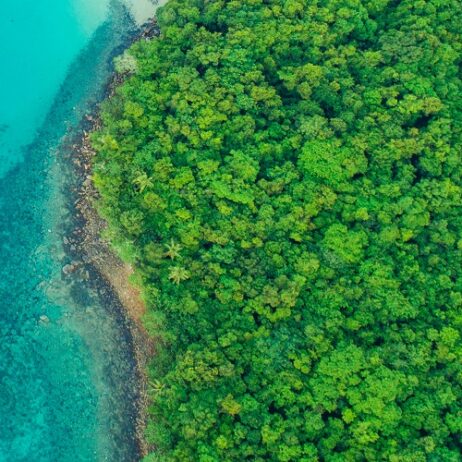
One of four surviving Tapir species, Lowland Tapir has been around for longer than many other mammals and our partners are ensuring that they remain in the the Barbacoas for many years to come.
Lowland Tapir is a most peculiar animal, alike so many others and yet entirely, spectacularly just like itself. Although not the biggest of the Tapiridae family (that would be the Malaysian Tapir), they are the largest terrestrial mammal in South America. With short brown fur, Lowland Tapir is most recognisable by a distinctive long prehensile snout, which it can use to grasp food and a maned crest that sits from forehead to shoulders. For some, it’s most like a pig, other’s anteaters, but as part of the Perissodactyla (odd-toed ungulates) order, it is actually most closely related to horse and rhinoceros.
Tapir have been around a long time
One of the most primitive large mammals in the world, the earliest tapir’ are known to be from the Eocene Epoch, which began 56 million years ago and ended 19 million years later. This was the second of the Epochs, which means many tapir species have so far survived several waves of extinction. But with the unprecedented speed at which Lowland Tapir habitat has changed in the past 30 years, the species is now listed Vulnerable on the IUCN Red List.

Lowland Tapir, Colombia © Lucas Leuzinger/Shutterstock
A species at risk
Lowland Tapir is found in a variety of habitats throughout their range in South America, including Gran Chaco, savannah and shrub forest. But it is moist forest and wetland areas like those of the Barbacoas that they favour. Although exact population figures are unknown, the species is known to have rapidly declined, becoming extinct in some regions where their presence was once abundant. Now, their population has been affected by deforestation, illegal hunting and habitat use changing to agricultural use, across the Amazon Forest, Atlantic Forest and Pantanal. This has led to their complete absence in previous territories, and severe fragmentation elsewhere.
It’s good news when Lowland Tapir are about
Their presence, however, is an excellent indicator of the health of the area; when they begin to disappear from a region, something is going wrong. This is partly due to the long 14-month stretch of Lowland Tapir gestation – and singular births are almost definite. Calves stay with their mothers for around 18 months, taking at least two years between pregnancies. However, Lowland Tapir is usually a solitary species, and as a target for illegal hunting, twinned with land degradation, their numbers can drastically reduce in short periods of time.
However, when Lowland Tapir is known to a region, they play a hugely positive role in the health of their habitat. Feeding on the leaves and fruits of several species, they then travel throughout the forest, which moves seeds and encourages diverse plant growth.
Lowland Tapir currently live in the Barbacoas, demonstrating the conservation importance of the region. With your support, we have reached 47% per cent of our £295,000 target and we are extremely grateful for this support during these difficult and unprecedented times.


